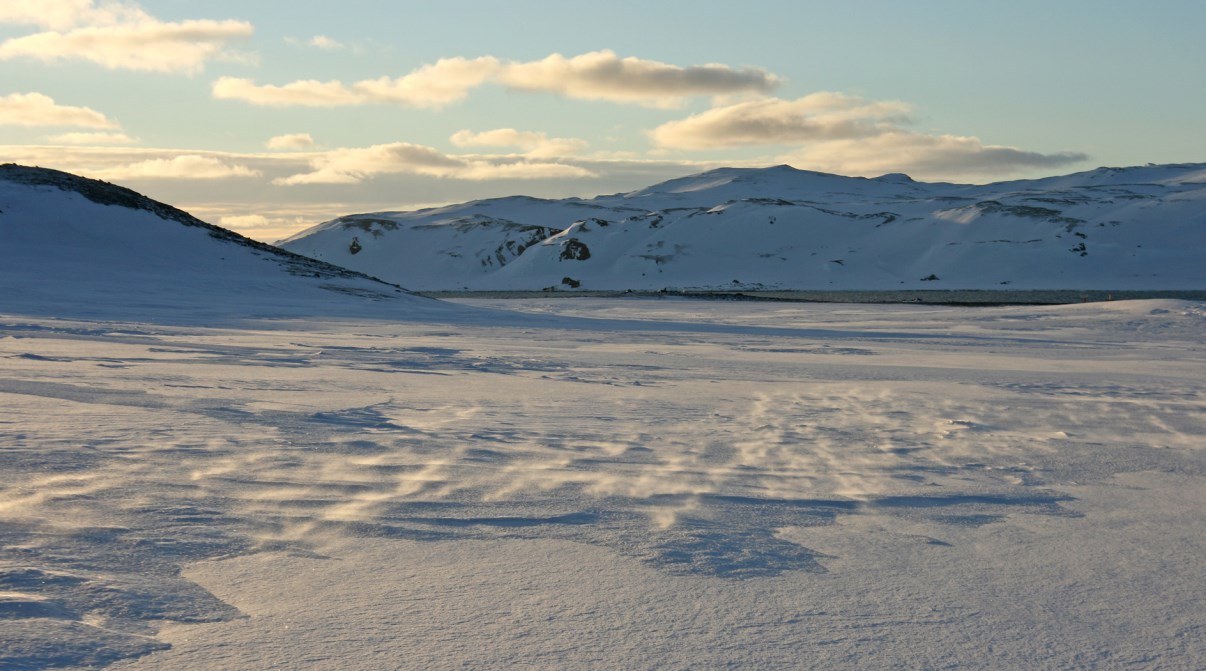Sometimes the most memorable travel memories are made when you least expect them. Even when you think things are completely heading in the wrong direction, something spectacular might happen eventually. In November 2007, I got stuck on an Argentinian military base for almost 2 weeks (all about that unfortunate chain of events here), awaiting a transfer to Jubany, an Argentinian-German research base where I was supposed to conduct my research on Antarctic marine worms. Getting stranded on another Antarctic island was definitely not part of the plan, and I really wanted to get out of that place (the base was seriously dull and I desperately wanted to start my research in Jubany asap). Fortunately, I wasn’t doomed to stay there forever, and a twin otter plane finally flew me and my colleagues to King George Island. We first headed towards the Chilean base Eduardo Frei (hey, I crossed the Argentinean-Chilean border there without any border control!). After a short delay we then departed for Jubany. The tricky part came when we realised that Jubany doesn’t have an air strip! So our plane was forced to land on the top of a nearby glacier, which was a dangerous affair: first, the plane had to “touch” the ice and take off again (to test the ice’s stability), followed by the “real” landing. We had to leave the cabin one person at a time, to reduce the risk of the plane gliding down the glacier. Quite the adventure!
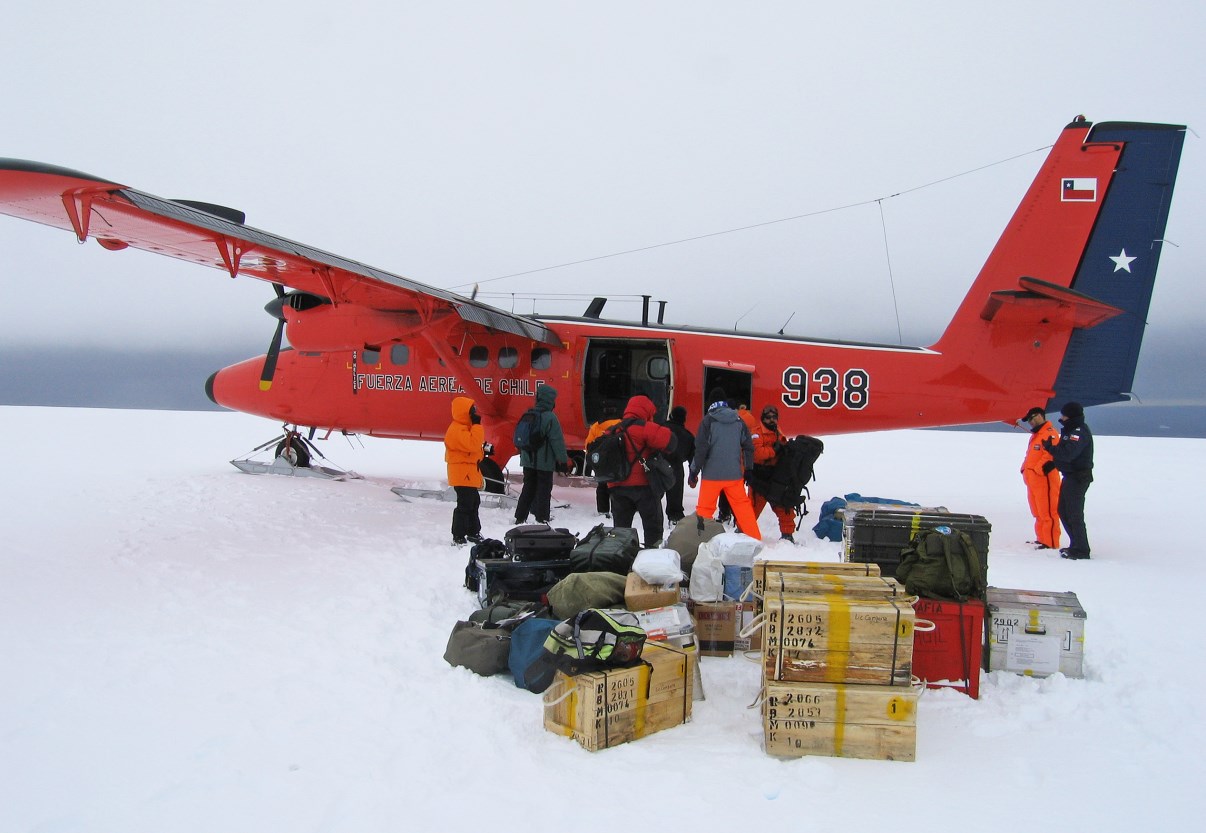
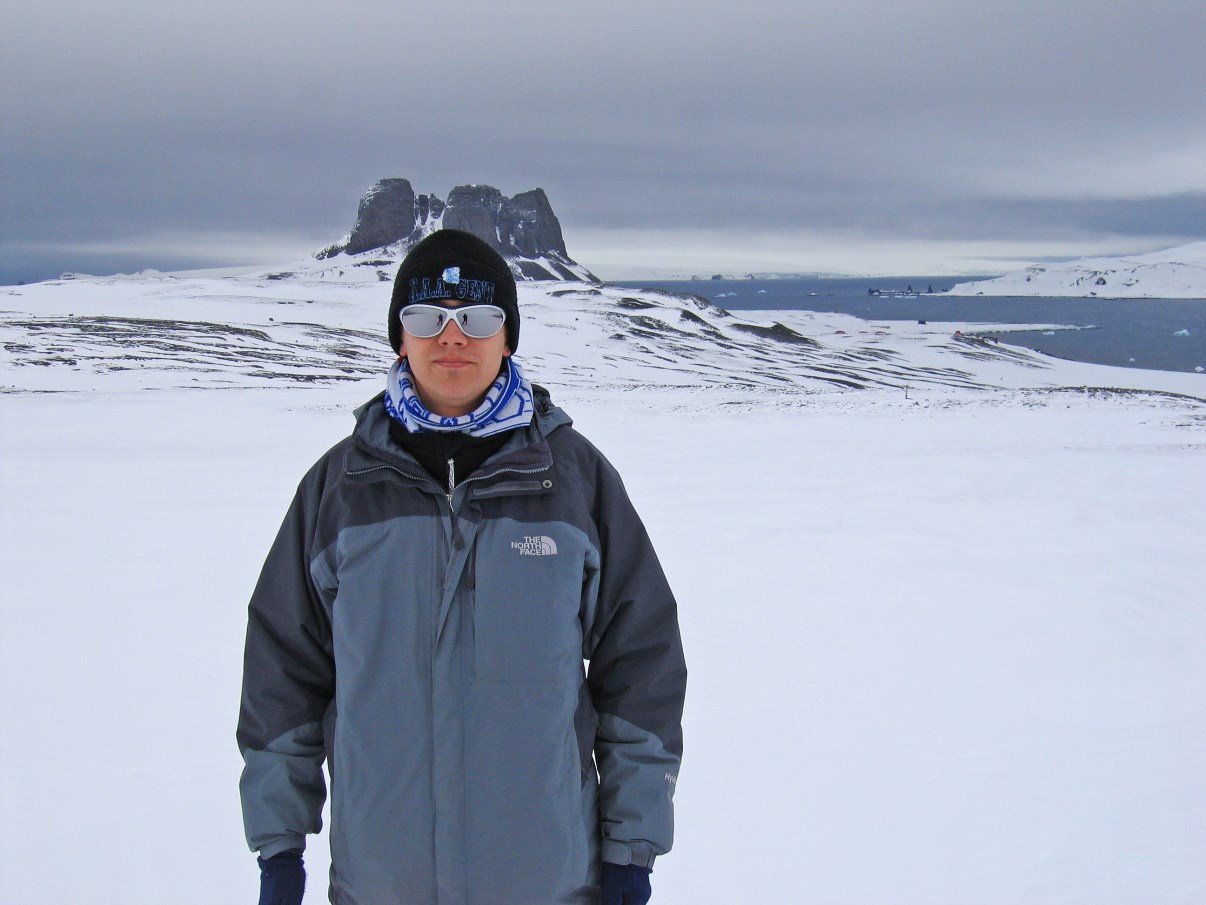
The argentinian military base Jubany is situated in Potter Cove, on King George Island. It’s a simple collection of red/orange containers, situated in a pretty amazing setting: between a glacier, a bay, a large mountain called Tres Hermanos and a penguin/elephant seal colony. I just learned that in 2012 Jubany Base has been renamed Carlini Base. The German Dallmann laboratory was my work space here. Again: simple containers, but with all the necessary equipment.
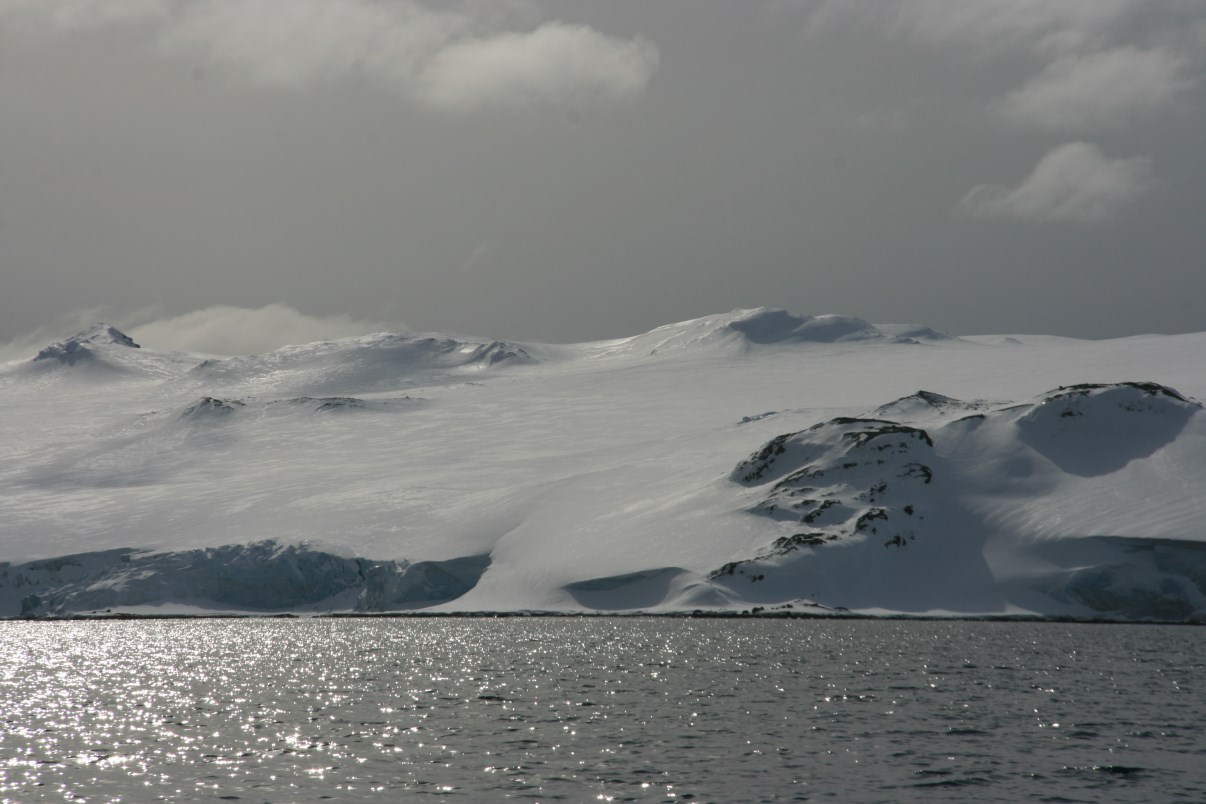
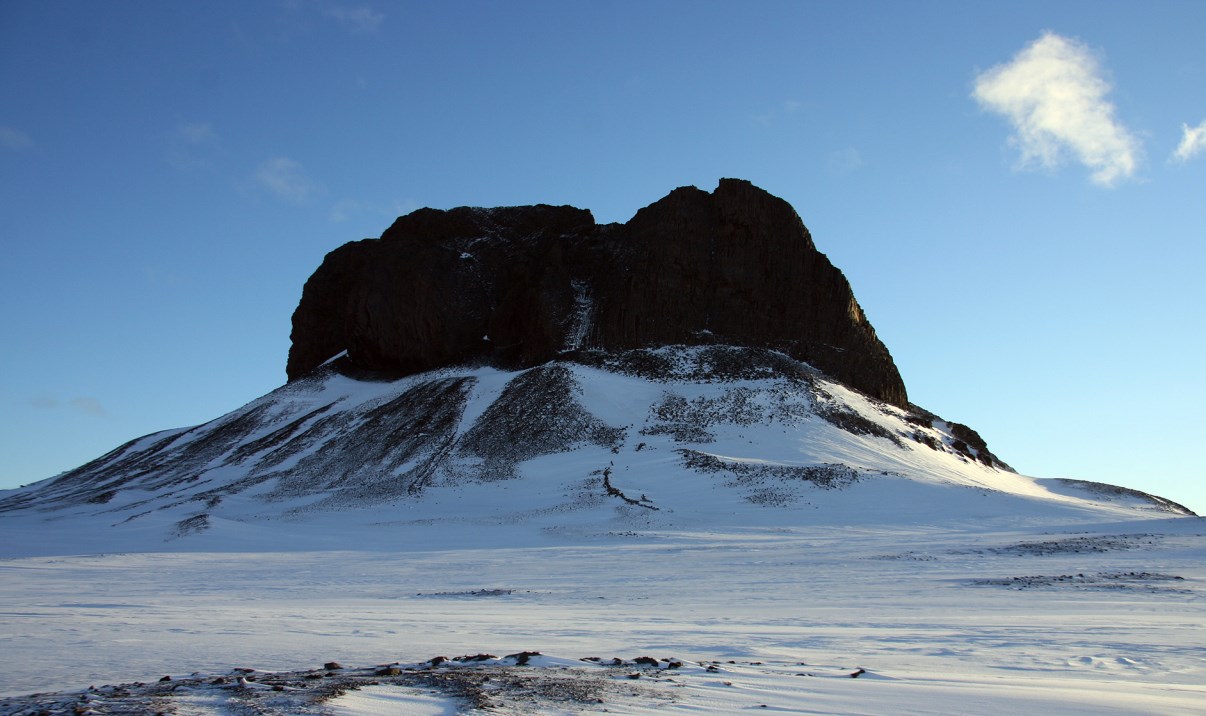
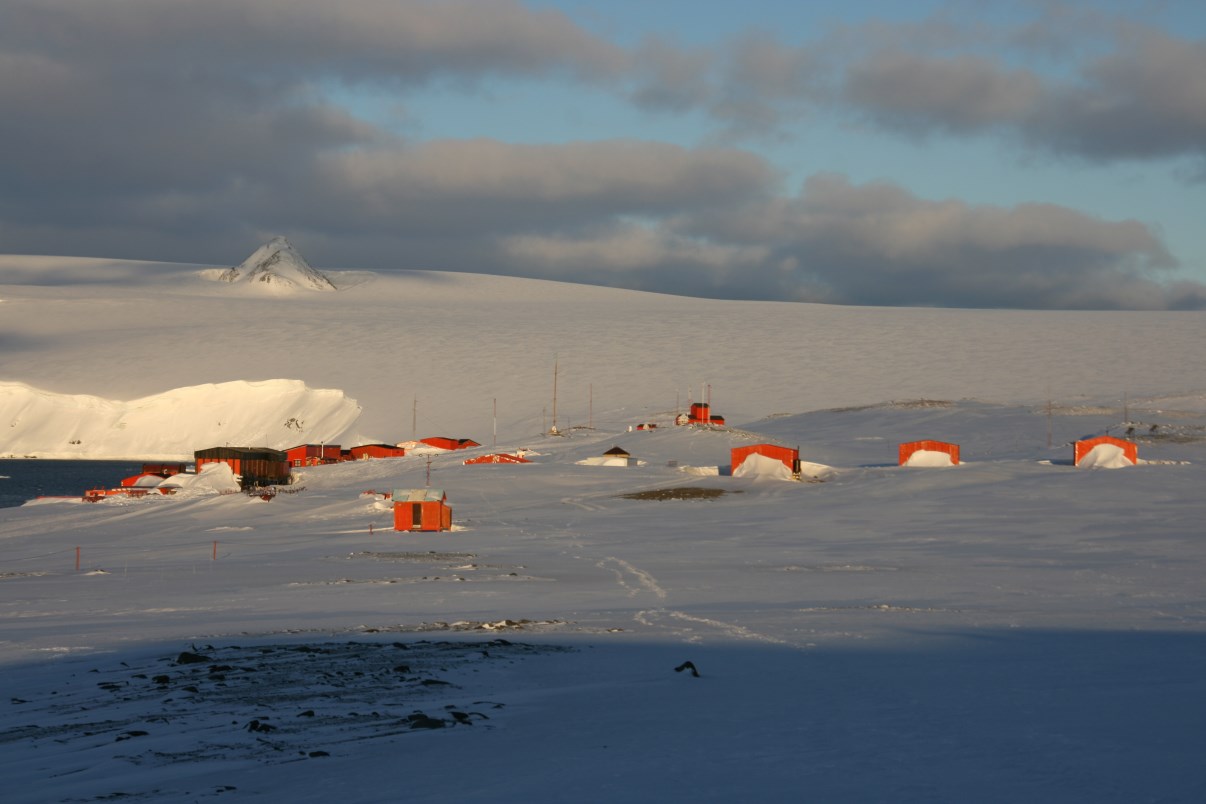
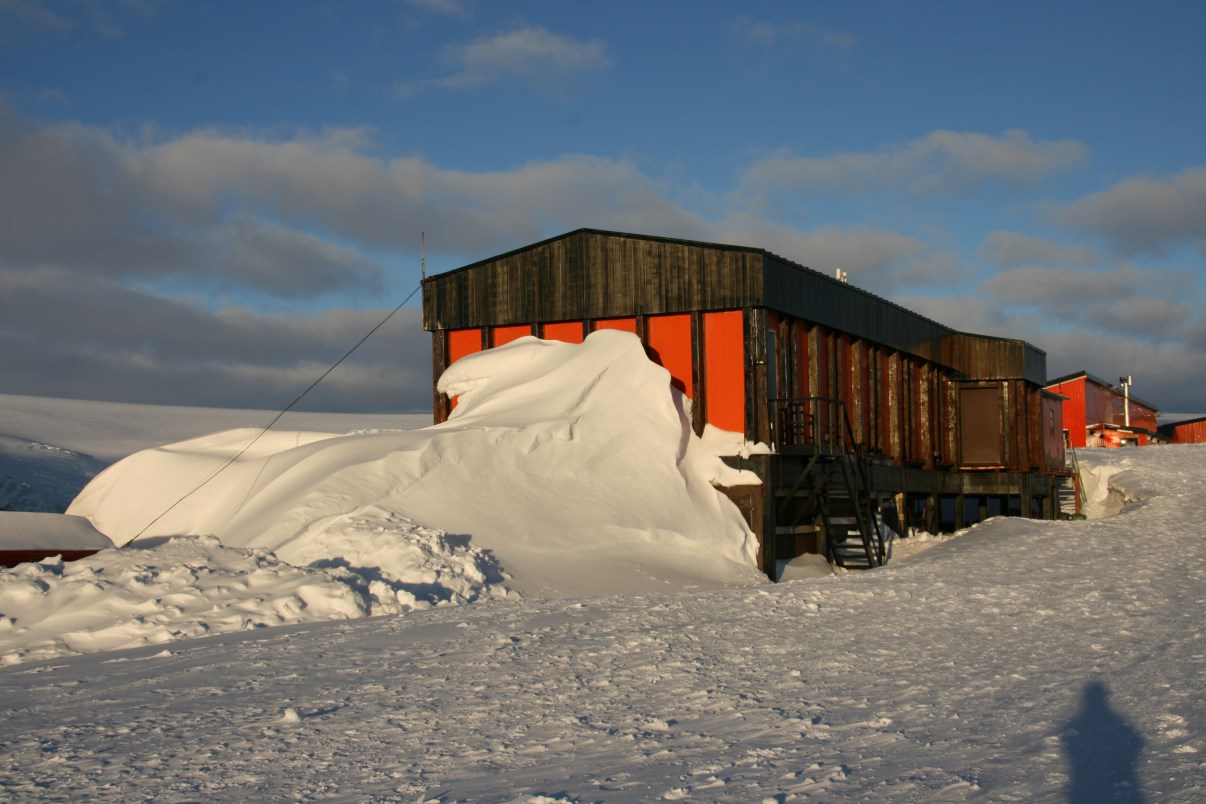
For my research, divers had to take samples from the bottom of Potter Cove Bay. This was by no means a straightforward task and we had to discuss all aspects of each sampling event meticulously over a pot of mate (a traditional South American caffeine-rich tea). Our (military) divers only had very old and worn out equipment. Their dry suits were torn so much that they had become wet suits. Moreover, temperatures were very low and after the dive, the poor guys had to wait in our zodiac in the freezing cold and snow until we got back to the lab. But that wasn’t even the most dangerous part! On one of the last dives, we noticed a curious leopard seal swimming around our zodiac. At a certain point, he/she even put his/her head on the side of our boat to have a peek inside. We rushed the divers back into the boat and in the end no-one was hurt. We were lucky the seal was only curious and not looking for a meal… Another interesting difficulty for sampling in Potter Cove were the occasional mini-tsunamis that originated from large chunks of ice plummeting down from the glacier into the water.
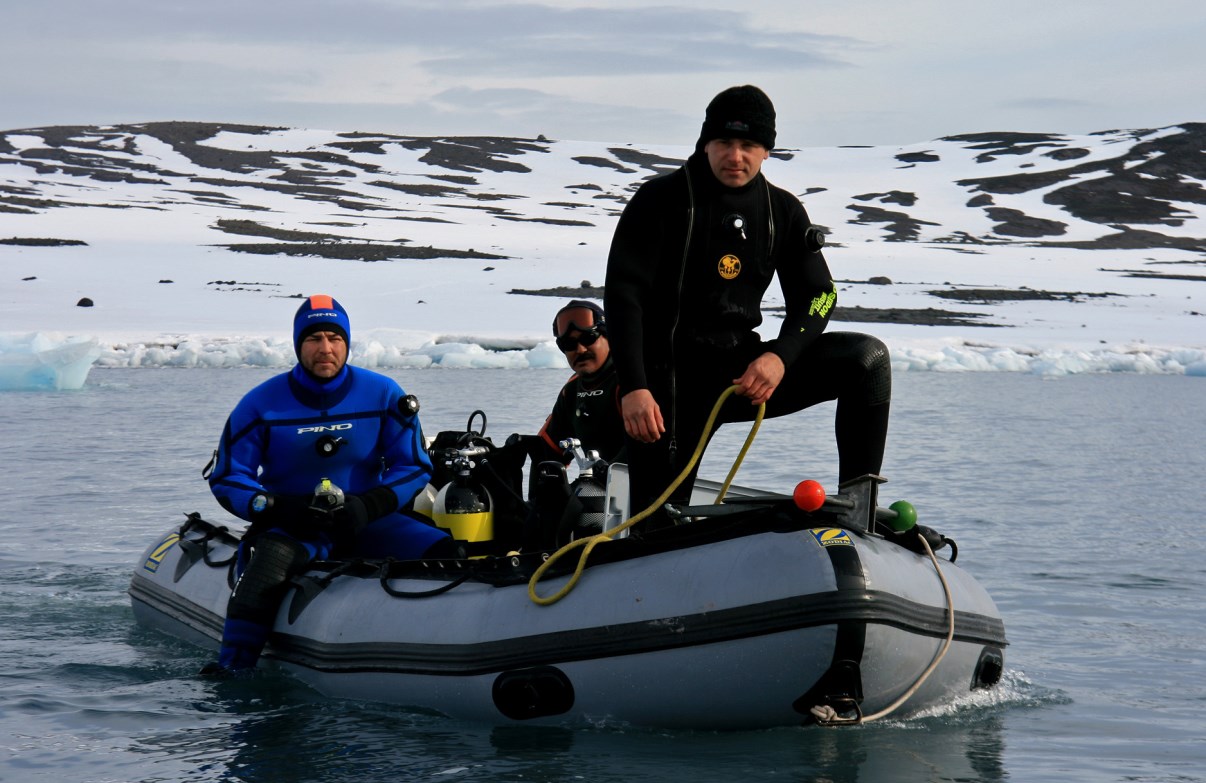
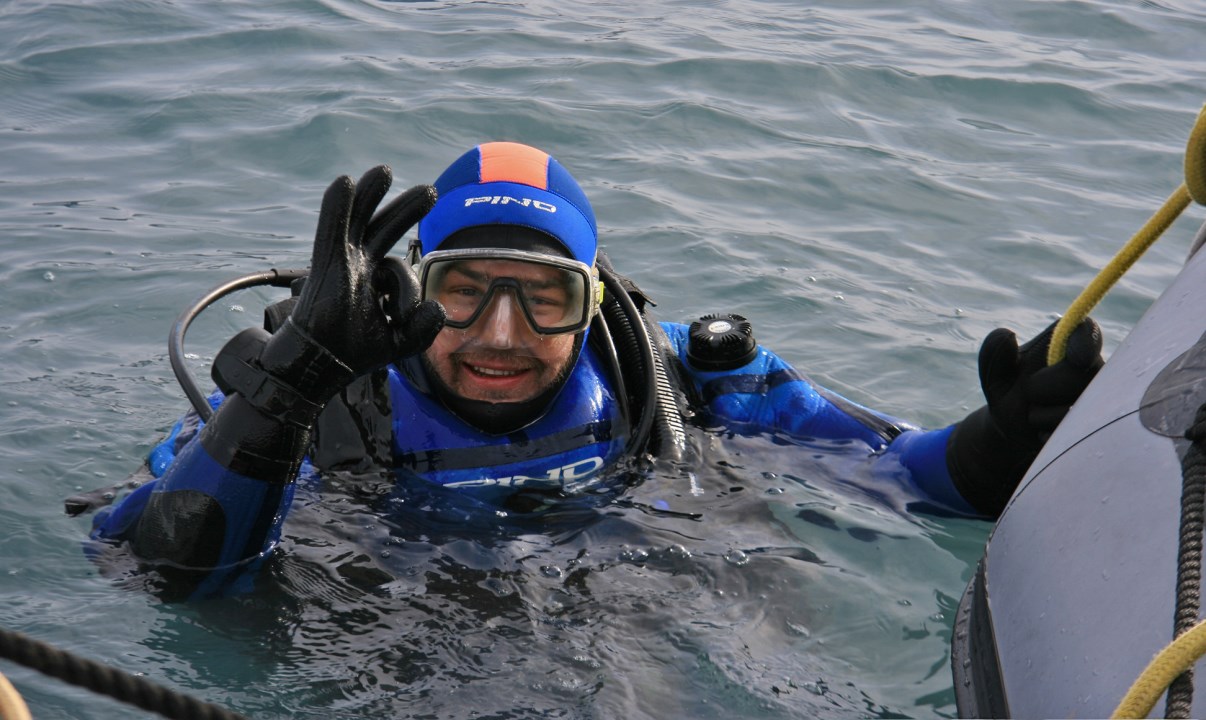
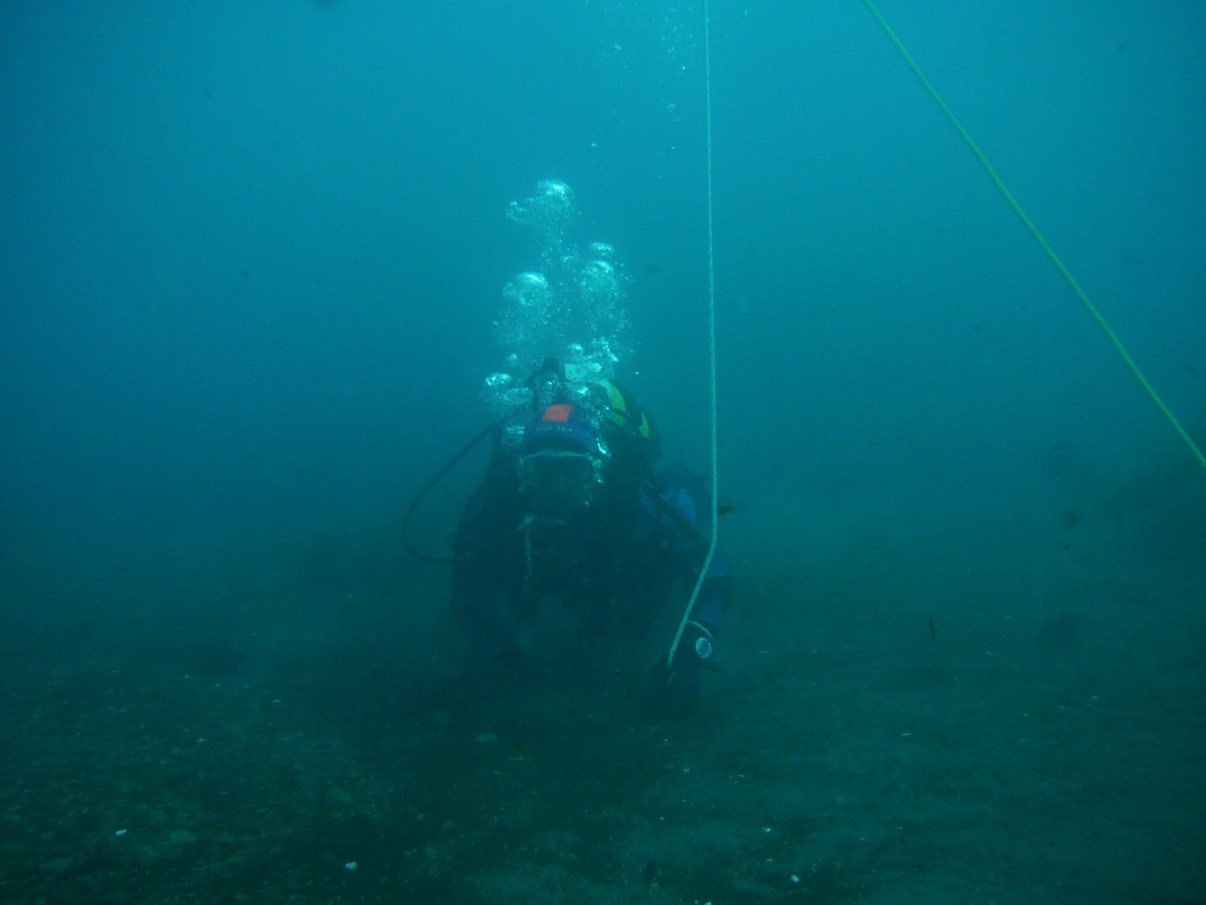
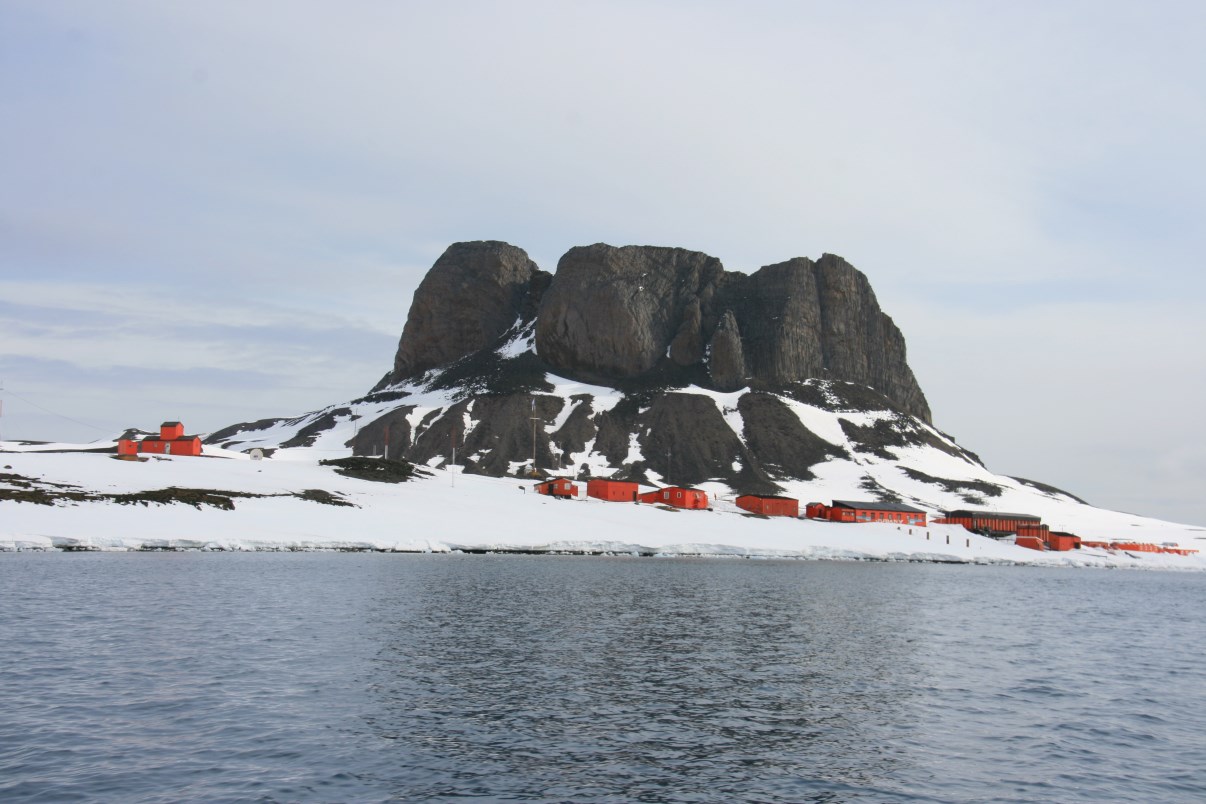
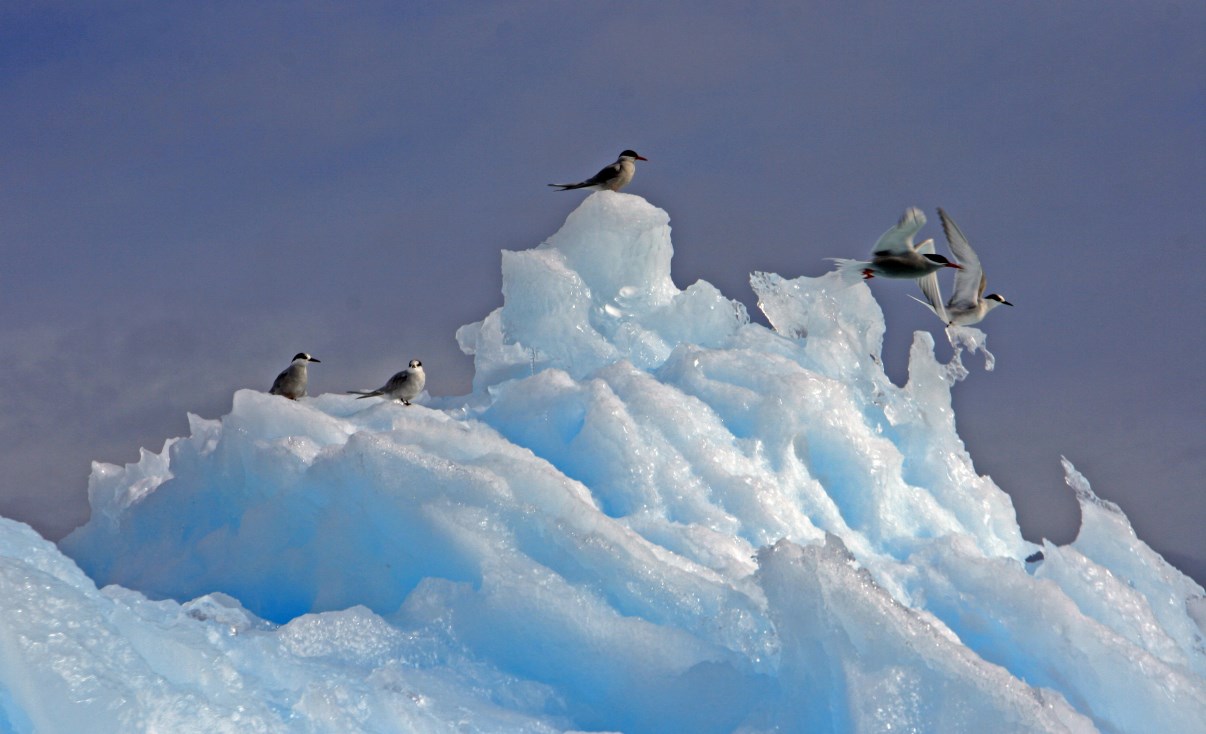
Life in a container was a bit weird and very basic. Luxury was limited to the minimum, but then again: who needs materialistic luxury when you’re in such a fairytale landscape?
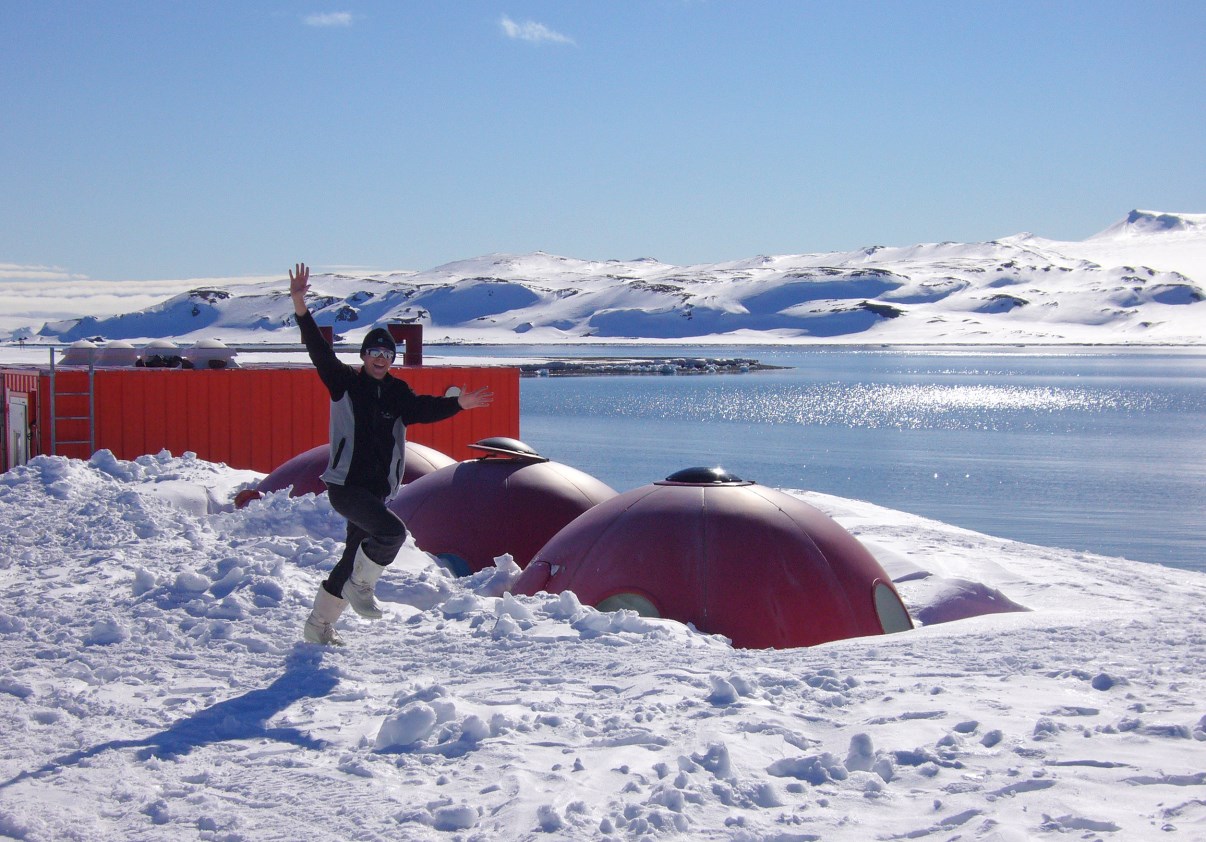
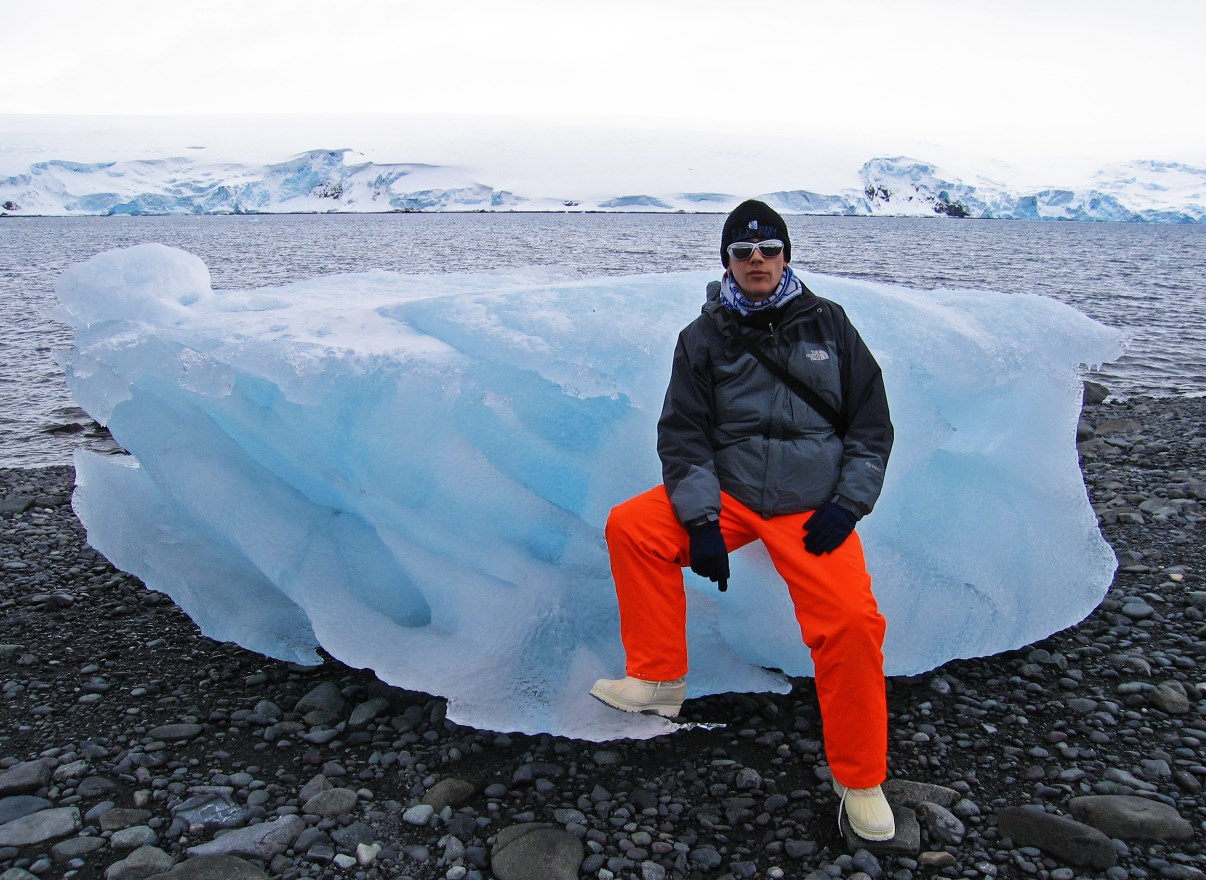
When I arrived in Jubany, the base was largely covered by snow and there were quite a few blizzards during my stay as well. This wasn’t always without danger. On a few occasions, I had to find my lab container in the middle of the night (for oxygen measurements, which were done at fixed times) but almost got lost because I couldn’t see anything due to a snow storm. And when I arrived at the lab, I sometimes had to shovel away half a meter of snow before I could open the door. And then there was always the danger to become snowed in in my own container, so I had to open and close the door every 10 minutes or so in order to push away the snow that had accumulated in front of it…
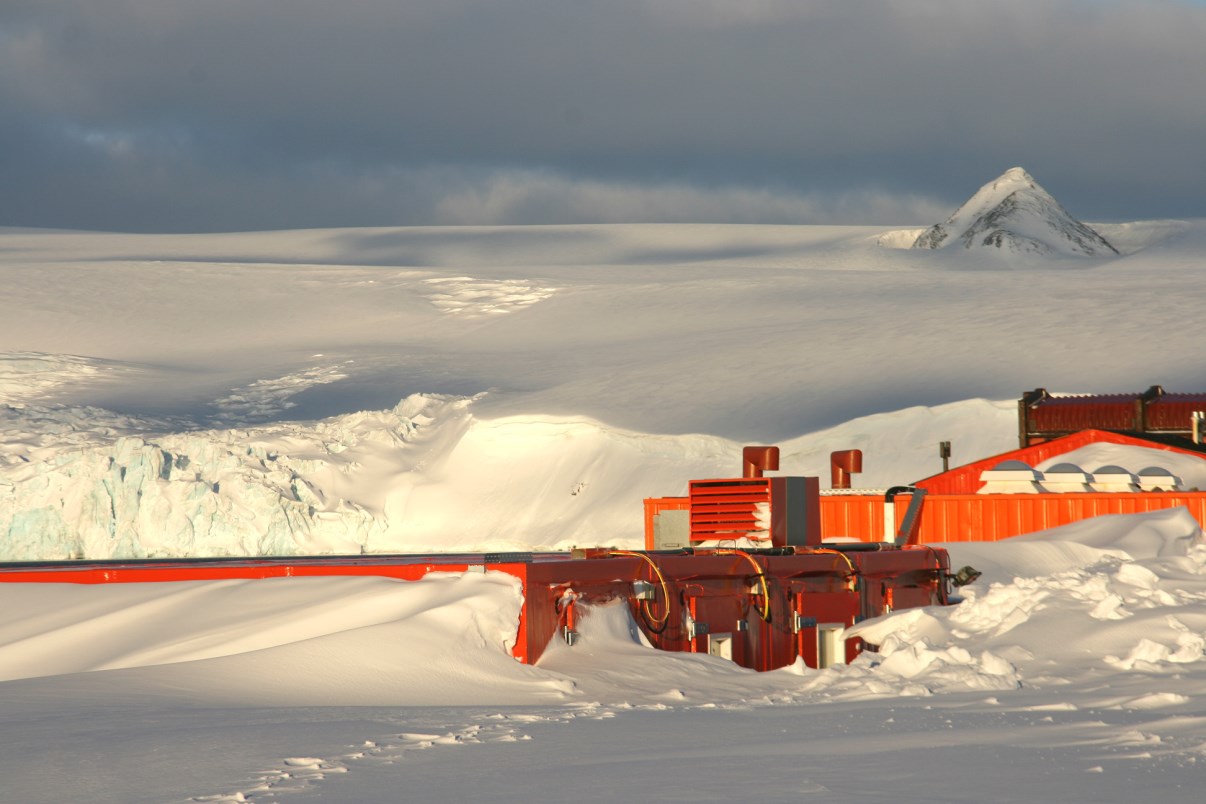
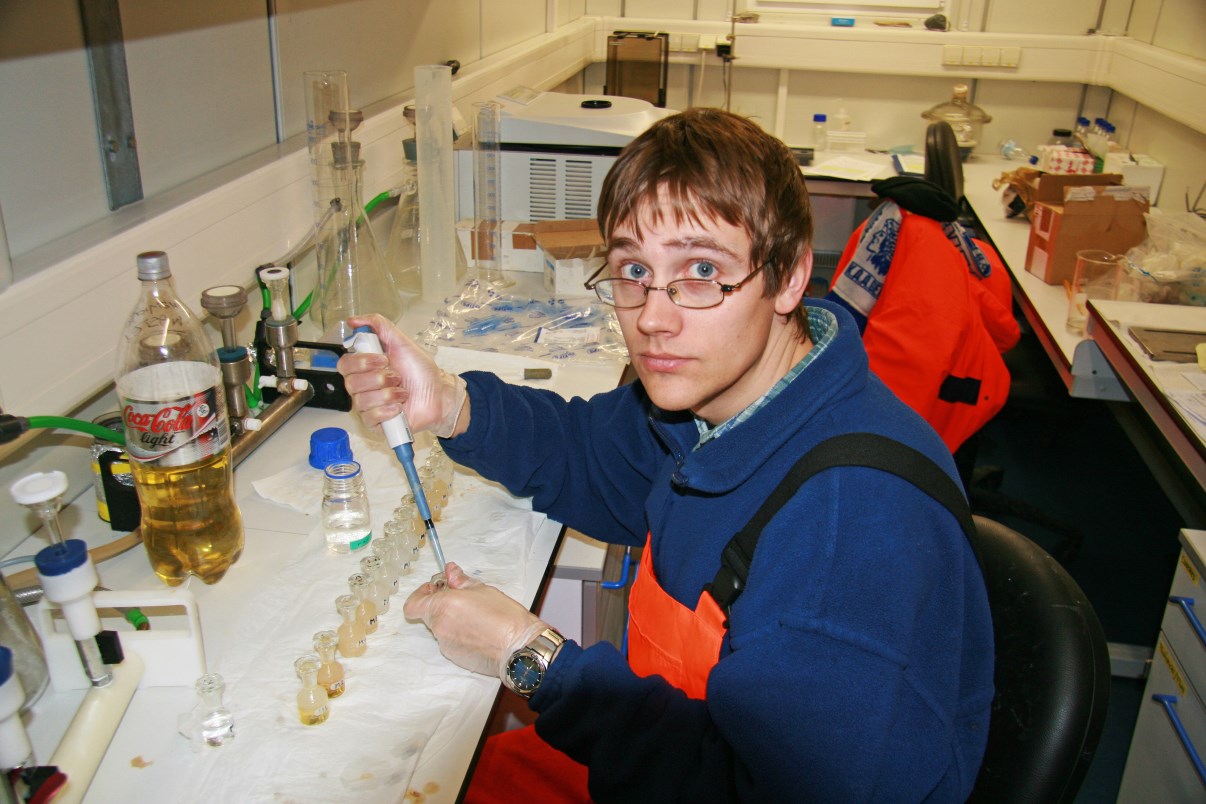
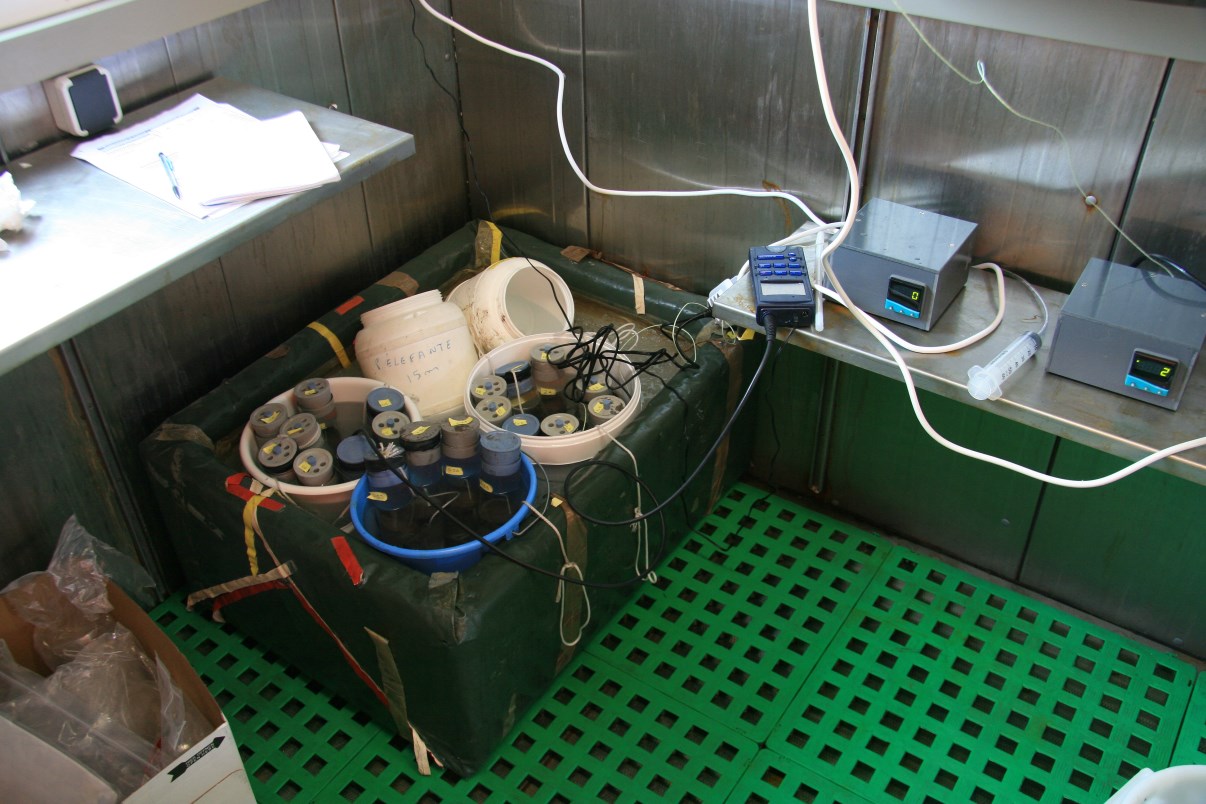
In our next blog post about Jubany (the final one), I will show you some wildlife of the island. In this post, however, I would like to introduce you to the pet Skua of the base: ZA3 (“zet-a-tres”). There are quite a lot of ringed skuas around the base, but this one frequently came into the kitchen, hoping for leftovers…
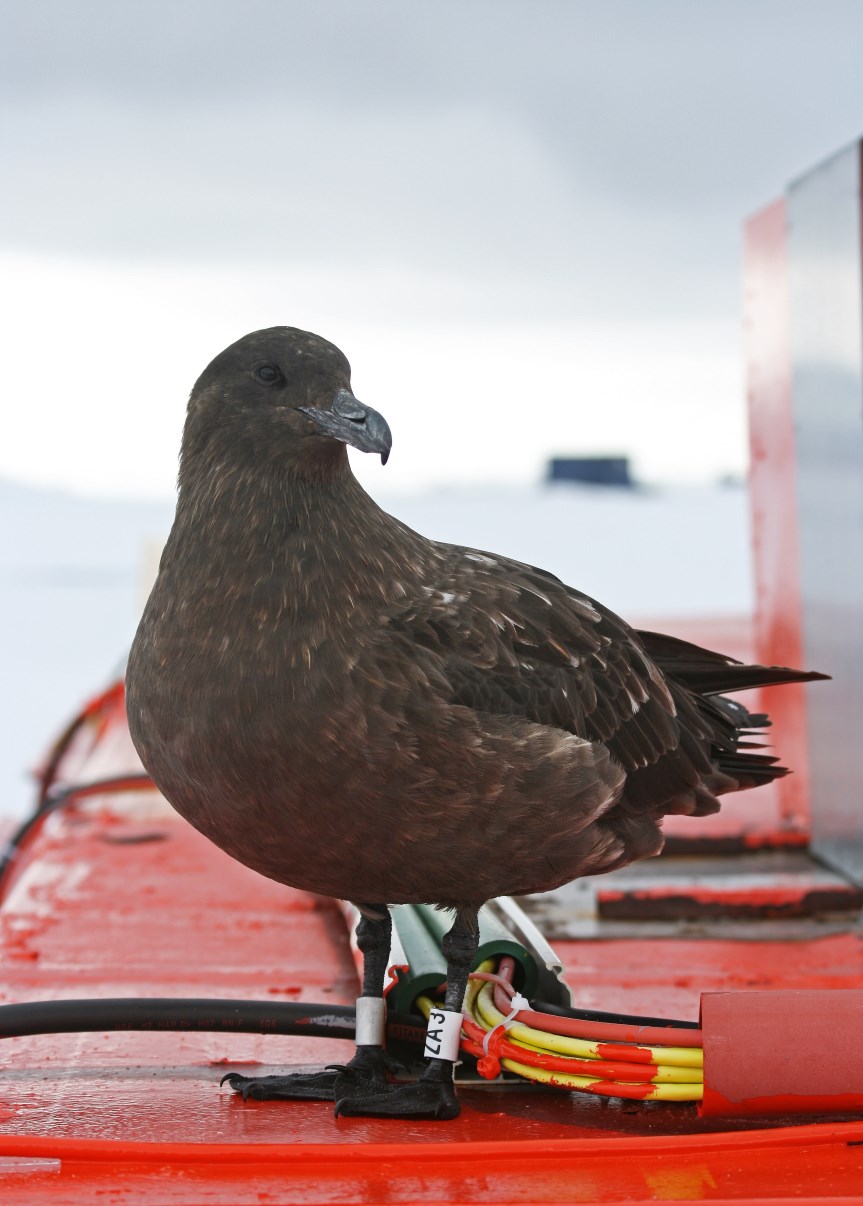
As you can see on the pictures below, skuas weren’t the only visitors to our lab…
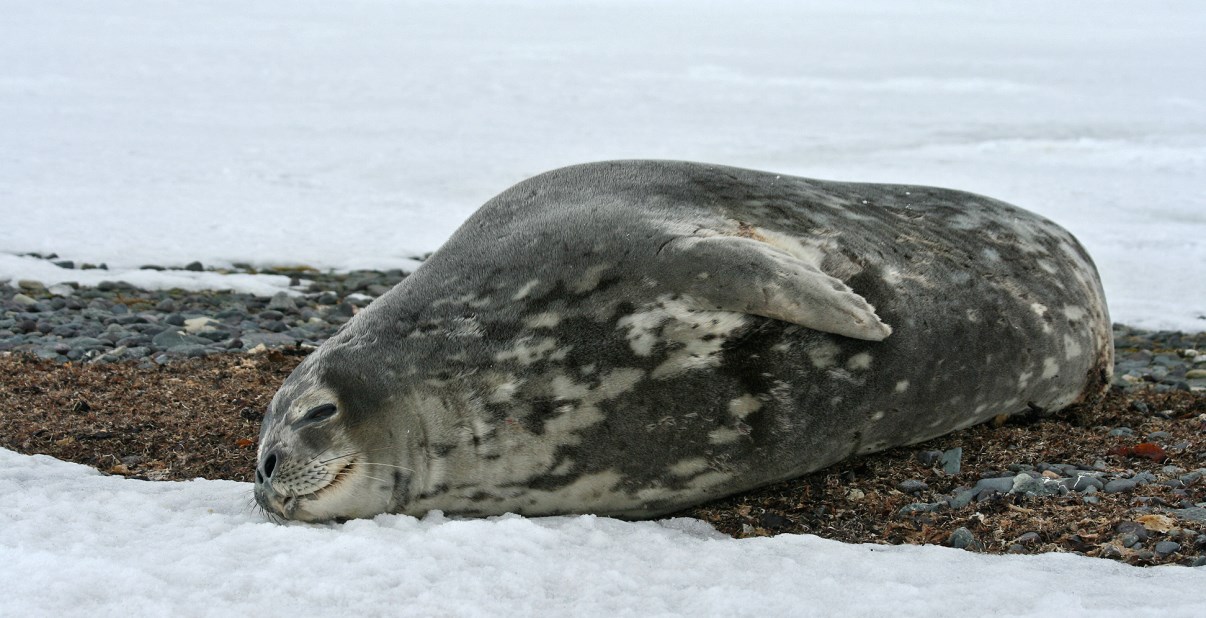
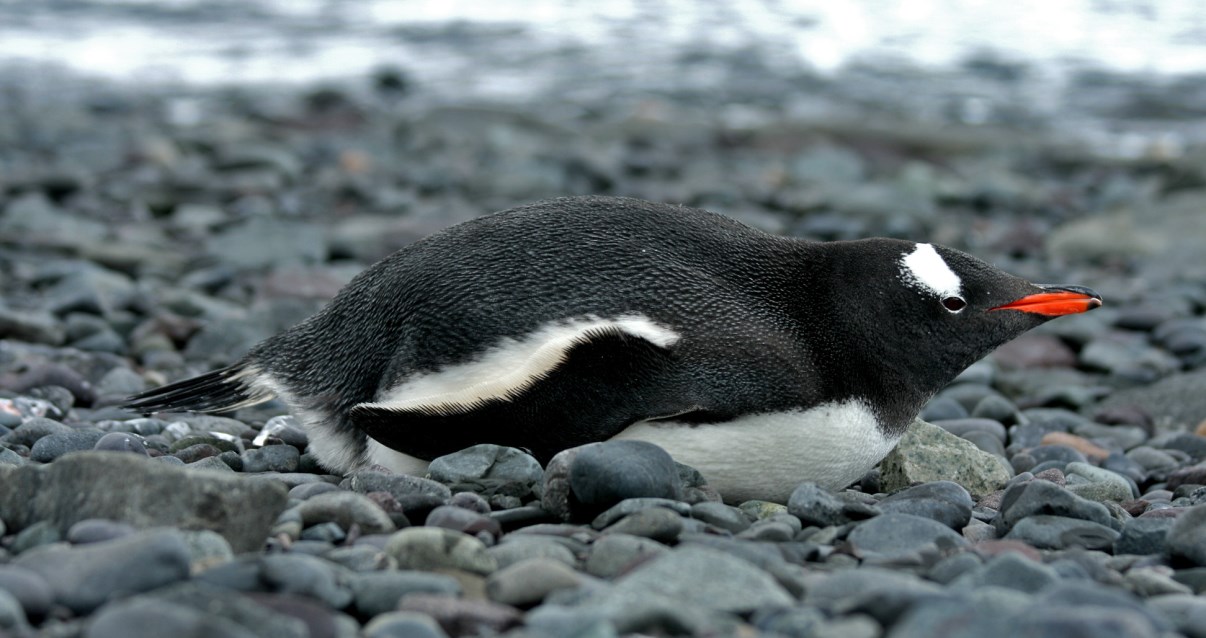
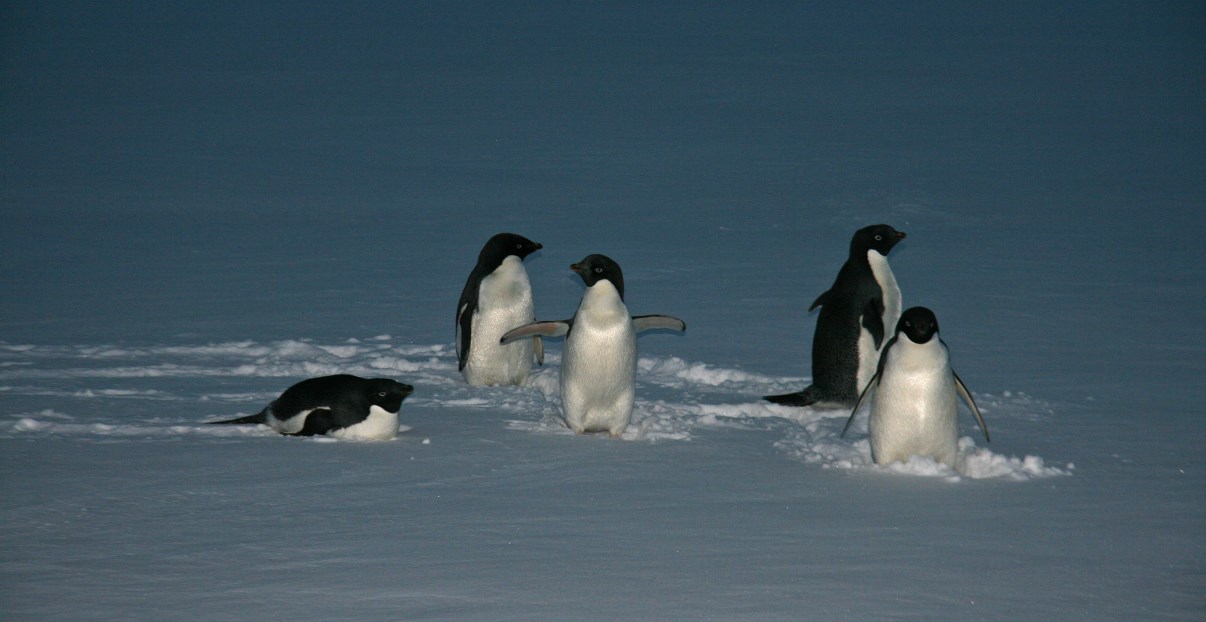
To end this post about my adventures in Jubany, I would like to quote my diary from Friday 23/11/2007, because I had entirely forgotten about this entry, which clearly shows how difficult the weather conditions were at that time:
“When I woke up I was informed that a large tourist ship, “The Explorer”, was in the process of sinking nearby. More or less 100 people were bobbing around in rubber boats in the Drake Passage at that moment. Later that day I was told that these people were transferred to the Chilean base Eduardo Frei and not to us. The weather was also horrible today: lots of wind and snow. It seems that a Chilean helicopter that had been helping with the rescue operation has experienced some severe technical difficulties (frozen propeller) and I heard it has just landed on our base.”


